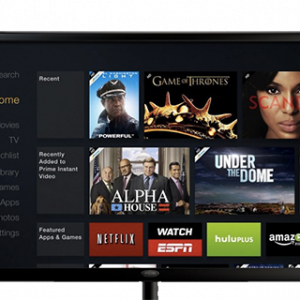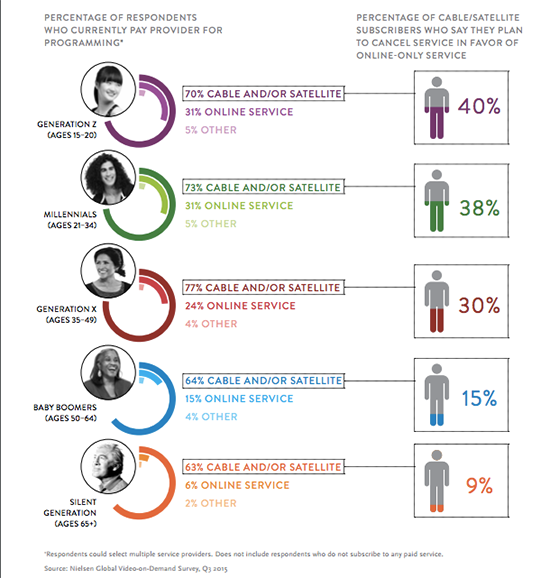Traditional definitions of what it means to watch TV are changing. And changing rapidly. Today subscription video-on-demand (SVOD) services are nearing majority penetration of US households, and nearly two-thirds of global respondents in a recent Nielsen study say they watch some form of video-on-demand programming (long- and short-form content).

Video on demand (VOD) is becoming a part of our daily viewing habits. Not surprising, most people say the ability to view at a time convenient to them is a driver of why they subscribe.
In the Nielsen study, almost three-quarters of respondants (73%) said they like to catch up on multiple episodes at one time (binge watching), while 64% pointed to the ability for each person in the household to watch different programming at the same time.
The main deterrents to VOD viewing among North American respondents were a desire for more programming choices (68%) and a feeling that watching VOD programming on an online or mobile devices isn’t as good as watching on a bigger screen (67%).
The long-term impact of growing online-service subscriptions is amplified by their popularity among younger consumers. Globally, 31% each of Generation Z (ages 15–20) and Millennial (ages 21–34) respondents say they pay an online-service provider for content, compared with 24% of Generation X (ages 35–49), 15% of Baby Boomer (ages 50–64) and 6% of Silent Generation (ages 65+) respondents. And roughly four-in-10 Gen Z (40%) and Millennial (38%) respondents who subscribe to cable or satellite say they have plans to cancel their service in favor of an online-only option—a rate that is nearly three times higher than for Baby Boomers (15%) and four times higher than for Silent Gen respondents (9%).
For some of our insights about the changing TV marketplace, check out our Thinking newsletter all about it.




